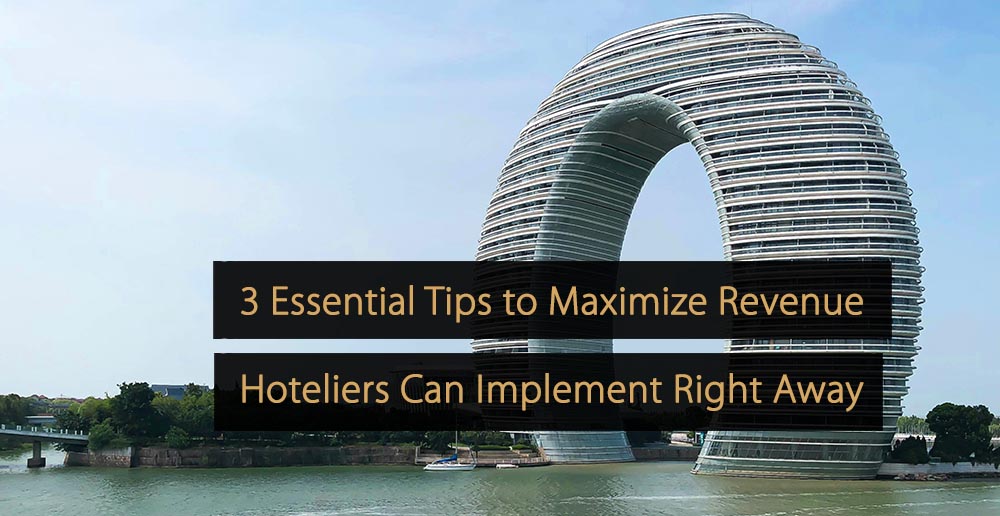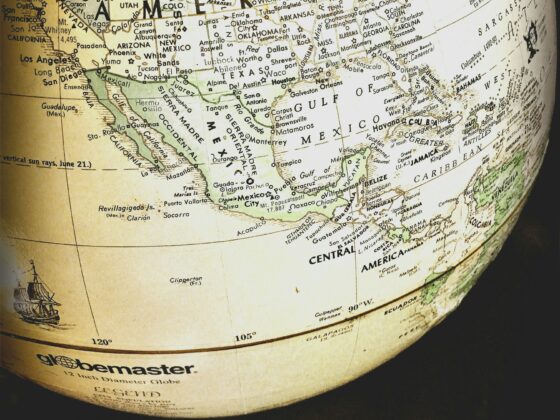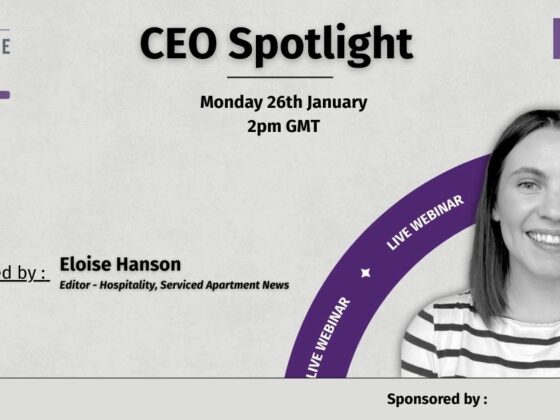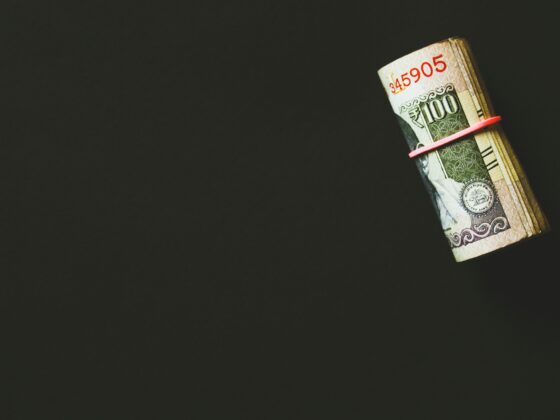
It’s important to have revenue management strategies in place to maximize revenue. Whether you use a revenue management system (RMS) or manage your prices manually, this article covers three essential strategies, recommended by our revenue management experts, to help you stay competitive.
3 Essential Tips to Maximize Your Hotel Revenue
In the next sections, you will learn about three crucial strategies that will help you increase your hotel revenue.
Strategy 1: Constantly Analyze Your Pick-up and Sales Pace
Understanding and analyzing your hotel’s pick-up and sales pace is crucial. This involves tracking the number of rooms booked over a specific period and comparing actual bookings to your forecasted figures.
What Does “Pick-Up” Mean for Hotels?
Let’s start with what “pick-up” means: this metric shows you the number of rooms booked over a specific period (e.g., daily, across a particular date range, etc.). Analyzing your pick-up reveals your actual bookings compared to your anticipated forecast for the same period. By comparing actual bookings to your forecast, you can determine if you should adjust your room pricing or promotional strategy to maximize bookings and revenue opportunities.
What Are You Selling and When Are You Selling?
Analyze pick-up and sales pace daily, even for nine months in advance. Having a longer overview helps you identify future dates when your property is experiencing demand, presenting opportunities to increase your pricing. It also ensures that your pricing is fair and competitive. Additionally, it helps you maximize profits by anticipating demand fluctuations and adjusting your rates accordingly.
Strategy 2: Monitoring Your Competitors’ Pricing
Make sure you consistently keep an eye on your competitors’ pricing for at least 12 months in advance. This helps you to understand how you’re positioned within the market. Also, consider the different products. If you’re a campsite, you’ll need to compare pricing with other campsites.
It’s Not Just About Matching Prices
This strategy is not just about matching or beating competitor prices but about understanding the value proposition of your hotel compared to others. It’s about striking the right balance between being competitively priced and highlighting the unique aspects of your hotel that justify your pricing strategy.
Strategy 3: Implement Length-of-Stay Restrictions
Implementing length-of-stay restrictions or offers can be a game-changer in maximizing revenue. By encouraging guests to stay longer, you not only increase occupancy rates but also reduce the operational costs associated with guest turnover.
However, the key is to ensure your offers are competitive. Researching competitor offers is important to ensure that your discounts or incentives are tempting enough to attract guests for longer stays without sacrificing profitability.
For example, if competitors offer a 20% discount for stays of three nights or more, your discount of 10% may not be competitive enough to sway potential guests. Thus, tailoring your offers to outshine competitors while ensuring they align with your revenue goals is essential.
Creating Compelling Offers that Incentivize Guests to Stay Longer
Creating offers that stand out in a crowded market requires creativity and a deep understanding of your target audience. Beyond just pricing, think about packaging experiences or amenities that appeal to your guests. For example, you could offer a complimentary wine-tasting session to guests staying in your premium rooms or a discounted spa package for travelers booking five or more nights.
Whether it’s a spa package, a culinary experience, or a cultural tour, exclusive offers can significantly raise the attractiveness of your hotel.
These offers not only serve to differentiate your property but also add value to the guest experience, making price comparisons with competitors less direct and more about the overall value provided. It’s about selling an experience, not just a room.
Automating Revenue Management
As you can see, you can easily start practicing these three strategies as long as you have a solution that analyzes your booking data. However, they are extremely manual in nature and require a significant amount of time dedicated to pricing… Or, you could look at a solution like a Revenue Management System to help automate as much of this manual work as possible.
An RMS can provide real-time market data, automate pricing adjustments based on demand, and offer predictive analytics to forecast future booking trends. This level of automation not only streamlines the revenue management process but also ensures that your pricing strategy is as dynamic and responsive as the market demands.
There are many different options for revenue management systems, and there is no such thing as the “best one.” You need to find the one that best fits your property and business needs. To help you out on this quest you can check RoomPriceGenie’s 10 tips to choose the right RMS for your hotel.
Implement These Strategies to Boost Hotel Profitability and Competitiveness
Whether you have an RMS or not, implementing and consistently practicing these three actions can significantly impact your hotel’s profitability and market competitiveness. From analyzing pick-up and sales pace, and monitoring your competitors to implementing minimum length of stay, each strategy plays a significant role in optimizing revenue. Overall, following these three strategies can be an excellent starting point to grow your revenue and remain competitive in your market.
Free Guide: Hotel Pricing Strategies: A Guide for Independent Hotels
“Hotel Pricing Strategies: A Guide for Independent Hotels,” is designed specifically for owners and managers like you who are ready to increase revenue with the right pricing strategies.
Click here to download the guide “Hotel Pricing Strategies: A Guide for Independent Hotels”.







